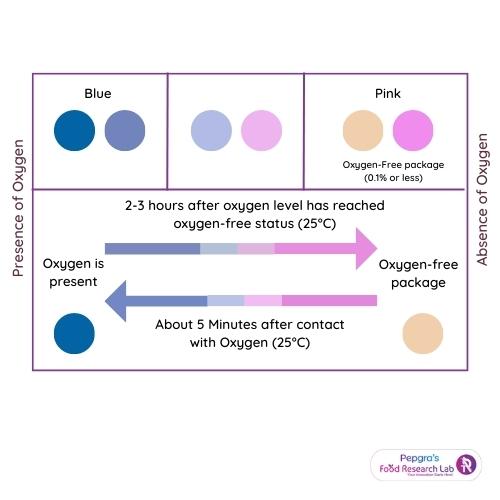
What is the different intelligent packaging of cheese products?
Introduction
The Food industry aims to preserve the composition of food under undesirable conditions, prevent physical, chemical, and microbiological deteriorations that lead to food-based diseases, and extend the products’ shelf life. Packaging serves to play a crucial role in meeting the objectives mentioned above. In simple words, they can be defined as covers and coatings that protect from external effects such as heat, light, oxygen, moisture, and impact during transportation, storage, and until consumption and prevent physical, chemical, and biological contamination [1]. Many different types of packaging are commonly used to preserve and transport cheese products. The type of packaging used for cheese products will depend on the specific type of cheese, as well as the intended use and storage conditions. Some of the most common packaging materials developed by packaging industries include:
Vacuum-sealed plastic bags: These are a popular packaging choice for many types of cheese, as they help to keep the cheese fresh by removing all of the air from the packaging.
Plastic wrap: This is a simple and cost-effective way to package cheese. It is often used for softer cheeses that do not need as much protection.
Wax coatings: Wax coatings are often used for harder cheeses like cheddar or gouda. The wax helps to protect the cheese and keep it from drying out.
Foil wrappers: Foil wrappers are commonly used for softer cheeses like brie or camembert. The foil helps to protect the cheese and keep it from coming into contact with other foods.
Cheese paper: Cheese paper is a particular type of paper that is designed to help preserve savoury and culinary items like cheese. It allows the cheese to breathe while protecting it from drying out.
Wooden boxes: Some types of cheese, like some varieties of blue cheese, are often packaged in wooden boxes. These containers help to keep the cheese at a consistent temperature and humidity level.
Plastic containers: Plastic containers are often used for pre-sliced or shredded cheese products and are convenient and easy to use [2].
Intelligent packaging
The types of packaging mentioned above are called traditional packaging materials. These protect the food product from the external environment. Innovations are occurring in the packaging sector of the food industry, for there is an increase in the demand for packaged food and consumers’ lifestyle have changed. The specifications for packaging and items meant to come into contact with food are steadily expanding. Producers must offer modern and secure packaging due to the growing consumer interest in and demand for eating fresh foods with extended shelf lives and optimum quality. Since cheese is rich in proteins and is thus highly perishable, it is critical that the packaging offers protection until consumer consumption. There is a growing interest in intelligent packaging, which apprises the consumer about the packaging material’s damage, temperature variation, changes in gas concentrations and microorganism growth inside the package.
- Indicators: Indicators interact with food components and visualise the changes that make it easier for the consumer to understand them.
Integrity and gas indicators: These indicators are available as printed labels that detect the changes in the gas composition of the package. Oxygen and carbon dioxide concentrations are essential since the increased oxygen levels contribute to food deterioration. Although cheese is usually packed in Modified Atmospheric Packaging(MAP) that does not contain oxygen, tampering might cause an oxygen influx. Colourimetric oxygen is the most commonly used, especially with MAP.

Figure 1: Colourimetric gas indicator to detect oxygen
2. Sensors: A sensor is an instrument that measures physical values and converts them into signals that an instrument or observer can read. Gas sensors seem promising for packaging cheese.
Gas sensors– Gas-sensitive components can be activated by an operator in a gas sensor. Gas sensors can be used in dairy packaging to detect changes in gas concentration that may indicate the presence or growth of microorganisms [3].

Figure 2: Gas sensor
Conclusion
Advancements in packaging have given rise to intelligent packaging that seems promising to protect the consumers’ health and keep the food fresh for a longer duration. With decreased food loss, food poisoning, and allergic reactions, this novel packaging technology has significant commercial potential. In-house quality control will be possible for consumers due to intelligent packaging [3].
How the Food Research Lab can help
The Food Research Lab offers services in packaging, artwork and testing that makes the packaging attractive to the consumers and protects food. The experts keep themselves updated with the latest happenings in the food, beverage, nutraceutical and cosmeceutical industry, which help their clients develop innovative products catering to consumer needs, making them successful.





